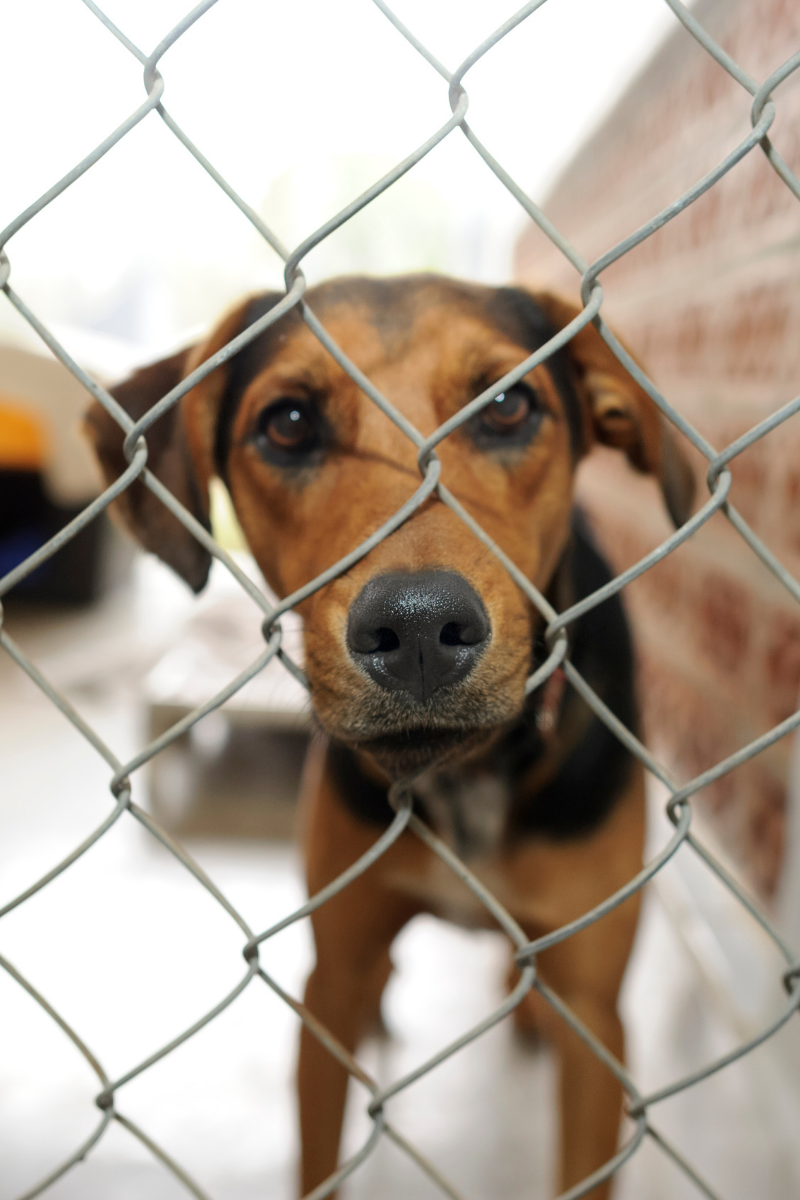What to know about bringing home a rescue dog

With many dogs in shelters here in Canada and across the world, they are definitely one of the best places to get a dog from. Across Canada in 2018 there were 30, 000 shelter dogs who needed a new home. Each shelter dog is unique and is coming to you from a different life situation. That being said, there are still some things in common in terms of what you need to know before you bring home a rescue dog.
Bathroom training is equally important to start with when you bring home a rescue dog as it is with a puppy. Even for older dogs who shelter staff say are potty trained, it’s still recommended that you spend the first couple of weeks establishing a potty routine with them to prevent accidents. This can be as simple as taking them outside to a specific spot and rewarding them with a small treat for relieving themselves there. Pee pads are a good idea to place in spots where they’ve had accidents before, especially when you need to leave them home alone for an extended period of time.
It’s also important to establish a routine for your dog early on. Knowing where and when they’re going to be fed, going to sleep, and going out to relieve itself will help your rescue adapt to its new home and help to ease its anxiety. Rescue dogs are likely to be nervous coming into their new home, so they need your patience while they figure out their new situation. Your dog will need its own bed or sleeping pad and be gently reminded where its personal sleeping space is. If you plan on crate training your dog, have the crate ready to go when they get home, and consider a crate cover to give them added privacy.
You’ll also need things for your dog to do in your home. Boredom can result in your dog behaving in unpleasant ways, such as chewing things they are not supposed to or barking. Maze bowls and puzzle feeders will make mealtime fun by providing your dogs with a fun way to eat while using their problem-solving skills to get to the food. It will also force them to eat slower, which is better for their digestive and overall health. You can read more about the benefits of slow feeders here.
Separation anxiety is common in rescue dogs, and they may struggle with you leaving to go to work or to the store. Sniff mats that have your scent on them can help with this, as they’ll have something to snuggle up to that reminds them of you. Chew toys with treats or kibble in them will keep your dog entertained in a positive way while you’re gone.
These tips should help you prepare to add a rescue dog to your family, and help ease the transition. Starting off with a set routine — including bedtime, mealtime, playtime, and bathroom routines — will set you up to successfully integrate your rescue dog into your family.
